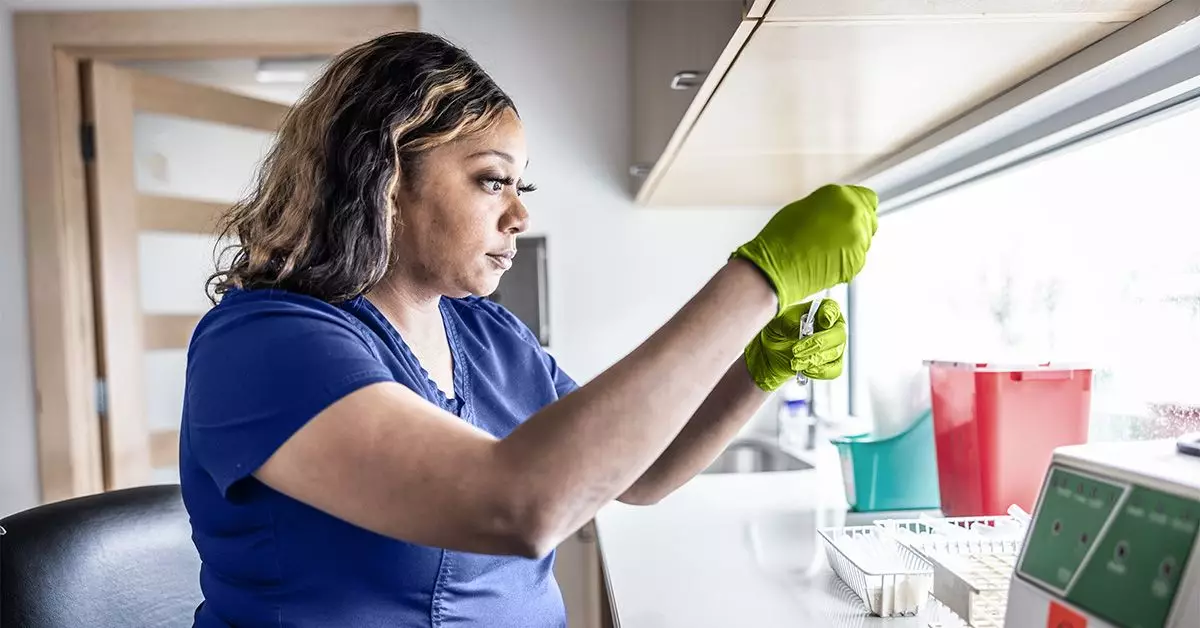Aggressive Natural Killer Cell Leukemia (ANKL) is an alarmingly rare form of blood cancer that presents unique challenges to patients and healthcare professionals alike. This disease primarily targets the body’s natural killer (NK) cells, pivotal components of our immune system designed to fight off pathogens and even detect early-stage cancerous cells. In individuals afflicted by ANKL, however, these NK cells become malignant and proliferate uncontrollably. This unchecked growth not only compromises the body’s defense system but also leads to a severe reduction in healthy blood cell populations, setting the stage for potentially life-threatening situations.
The complexity of ANKL lies in its unpredictable nature. Although anyone can fall victim to this disease, clinical observations suggest a higher incidence among individuals of Asian descent and an average onset age of around 40 years. This demographic insight draws attention to genetic as well as environmental factors that may significantly contribute to ANKL’s etiology, prompting further research into its causes.
The Link with Epstein-Barr Virus: A Double-Edged Sword
One of the most significant risk factors associated with ANKL is infection by the Epstein-Barr Virus (EBV). While EBV is among the most ubiquitous viruses affecting humans—commonly contracted in childhood—it can have dire consequences for certain individuals later in life. In cases of ANKL linked to EBV, doctors classify them as “EBV-positive.” Although we could speculate that owing to this link, preventative measures might reduce the onset of ANKL, the reality unveils a different story. Scientists are still working to understand why EBV triggers such aggressive manifestations in certain patients but remains dormant or benign in others.
Interestingly, ANKL can also arise in individuals who have never been exposed to EBV, termed “EBV-negative.” This suggests a multifaceted nature of the disease, demanding a broadening of our understanding beyond mere viral load or infection history. The disparate pathways leading to both EBV-positive and EBV-negative ANKL illuminate a pressing need for more precise diagnostics and potential treatments tailored to genetic predispositions.
Diagnosis: A Daunting Hurdle
Diagnosing ANKL can present a formidable challenge for both patients and medical practitioners. The rarity of the disease means that many healthcare providers may encounter it only a handful of times in their careers. Unlike more commonly known blood cancers, ANKL lacks distinctive pathologic features, complicating the initial evaluation. Symptoms may mirror those of less severe illnesses like infections or primary immune deficiencies, resulting in a frustrating delay in diagnosis.
In its early stages, the concentration of cancerous NK cells in the bone marrow may be so low—potentially less than 5%—that definitive tests yield inconclusive results, necessitating additional samples and repetitive testing. The implementation of advanced techniques such as flow cytometry offers a glimpse into the cellular characteristics of the afflicted, yet the turn-around time for accurate pathology can feel agonizingly slow during a period of such critical urgency.
The Current Landscape of Treatment Options
Amidst the challenges of diagnosing and understanding ANKL, treatment options remain limited and under continuous refinement. Historically, chemotherapy and radiation therapies have been the mainstays of treatment, but emerging evidence suggests that regimens incorporating L-asparaginase yield particularly favorable outcomes. Combinations of agents such as dexamethasone and methotrexate, particularly in protocols like “SMILE,” are now being evaluated for their overall effectiveness.
However, the efficacy of these treatments raises questions about the long-term survivability of patients. Data from earlier studies reflect a sobering reality: even among patients receiving what are considered aggressive treatment protocols, the overall survival rates hover at a disheartening 24%. As researchers delve deeper into the mechanisms of ANKL, there is a burgeoning hope that clinical trials exploring novel immunotherapy approaches may yield transformative results.
Shining a Light on the Future: The Path to Hope
Even as the prognosis for ANKL appears bleak, a coalition of committed researchers, healthcare professionals, and patient advocates is challenging the status quo. The quest for understanding this complex disease and developing more effective treatments is accelerating, driven by the stories of those who have faced ANKL firsthand. Initiatives to support ongoing research and clinical trials are essential, as is raising public awareness about this enigmatic form of blood cancer.
ANKL reveals the intricate dance of genetics, the immune response, and environmental triggers in the landscape of oncology. While many questions linger, the unrelenting effort to tackle both the disease and its devastating effects is illuminating hope for those affected by ANKL. Continued advocacy, research and understanding may yet turn the tide against this formidable foe, providing a beacon of optimism amid its shadows.

